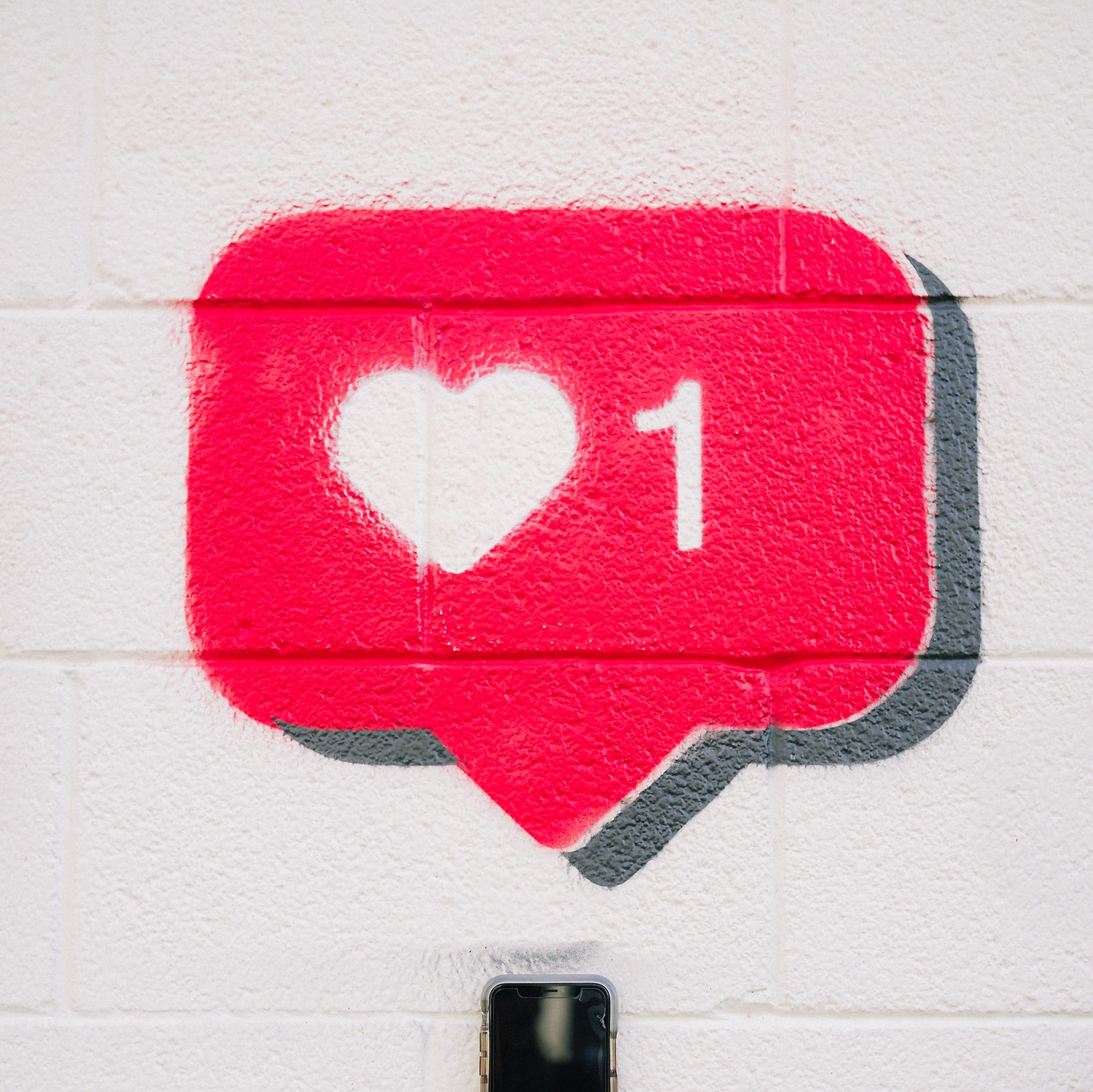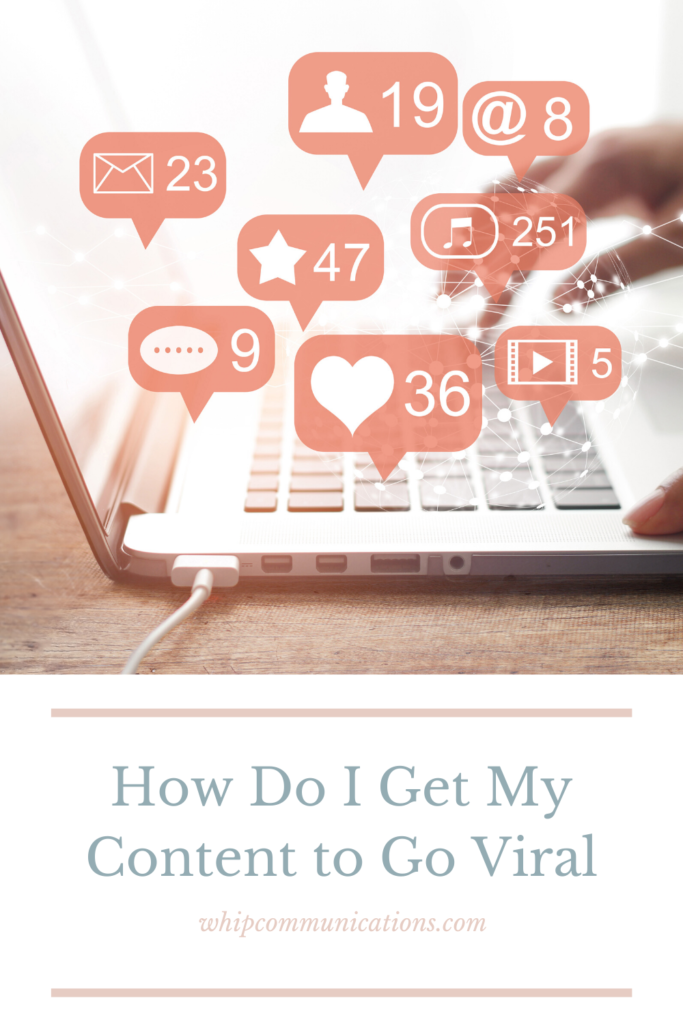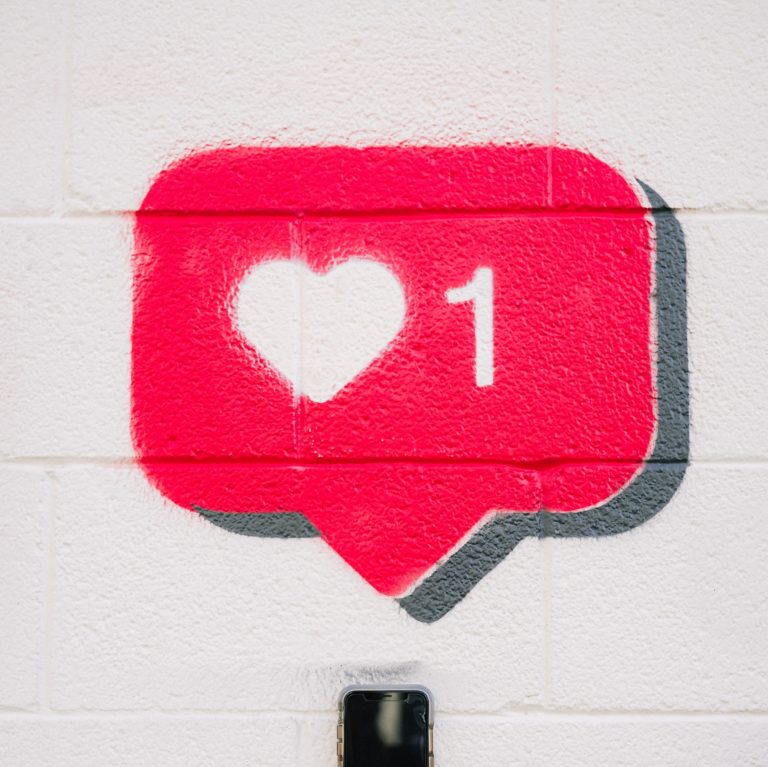These days it seems like anything can go viral on social media
Every day when you go into work, everyone is talking about this meme or that video or something (usually stupid) that a celebrity said. So is the next online trend or viral video all just up to random luck?
In many cases, yes. A post by someone who already has a lot of followers is more likely to get more engagement. Sometimes it’s also the case of just being the right post at the right time.
But, that’s not always the case. No matter what social media platform you use, you’ve curated it to your tastes. We all want things that interest us on our feed. So, how can a post transcend timelines and platforms and reach the coveted “viral” status?

The answer: it all depends on the message. (We know, that wasn’t the easy answer you were hoping for.)
In general, polarizing messages are more likely to go viral on social media. It makes sense, because we feel things strongly. If you’ve ever had a fight with a troll on Twitter, you know that’s especially true when it comes to social media.
We can break up messaging into two different categories, ones that are “high arousal” emotions and ones that are “low arousal” emotions. High arousal emotions are much more likely to go viral.
These emotions include; awe, excitement, amusement, anger and anxiety. This is why we see a lot of messages that are funny go viral. It’s also why a lot of breaking news goes viral — it’s usually something that gives us anxiety!
While a message may be positive, if the emotion is on the low arousal side, it’s less exciting and less likely to go viral. But think about some of the viral trends like the Ice Bucket Challenge or screaming goats — they made you laugh and they made you feel good.
That’s one end of the spectrum, but there’s two sides to every coin
Did anyone else see this moment when a young boy with dwarfism cried to his mom because of how he was bullied at school? Or when Lizzie stole Taylor’s Perfect Attendance pencil? (By the way — who the HECK is this Lizzie girl — and did she give the pencil back?!) Those moments went viral because they made us feel something, but not something good.
At the end of the day, there are lots of factors at play when it comes to gong viral. News feed algorithms, time of day, number of followers, the list goes on. But anytime a video, photo, or quote speaks to people in a powerful way, it has the ability to take over the internet.
The good news is that social media isn’t just about going viral. Understanding your audience and knowing what type of content suits your brand can give you great engagement, viral or not!
Pin this for later 📌


Be the first to comment